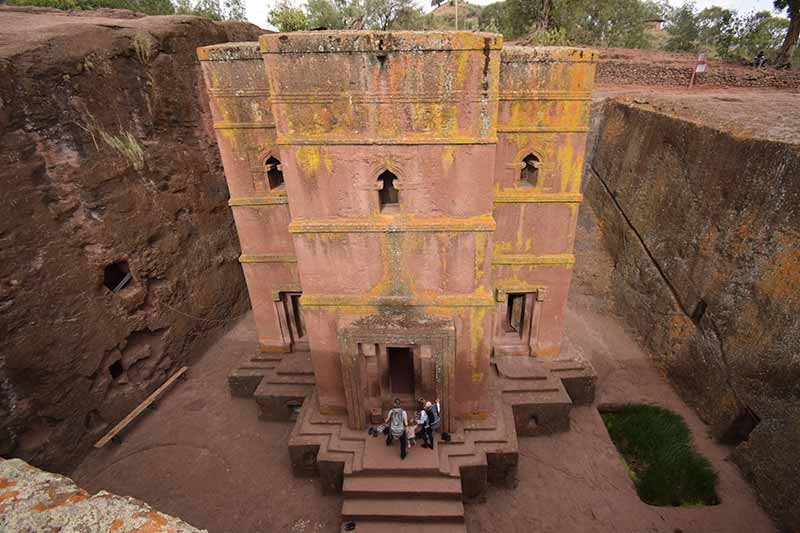Ethiopia’s rich history, often overlooked by many of its citizens today, traces back thousands of years to the civilizations along the White and Blue Nile. Historians and cultural experts note that much of modern knowledge about Africa has been shaped by later colonial interpretations, sometimes obscuring the origins of its peoples.
Records such as the Papyrus of Ani and inscriptions associated with the high priest Hunefer in Egypt describe early African tribes stating: “We came from the beginning of the Nile, where God Hapi dwells at the foothills of the Mountain of the Moon.” These accounts suggest that populations in what is today Ethiopia were historically Nubians, sharing close cultural and ancestral ties with the peoples of present-day Kenya, Tanzania, and Uganda.
Experts also point out that groups in Somalia, Eritrea, and Ethiopia exhibit links to Asiatic migrations from regions including Yemen, South Arabia, and West Asia. Ancient Ethiopian territories extended through historical migrations and conquests, including temporary Roman influence, which integrated Africans into the Roman Empire while many lost connection with their heritage.
“The history of Africa is far older and more complex than commonly understood,” said a cultural historian. “Many Africans today remain unaware of the civilizations and migrations that shaped their ancestry. Recognizing this history is crucial for understanding identity, culture, and heritage.”
The study of ancient Ethiopia highlights the diversity of African civilizations, illustrating that the continent’s peoples were not a monolithic “black” population, but represented a spectrum of identities and cultures. Scholars emphasize the importance of reclaiming and teaching this historical knowledge to future generations.


